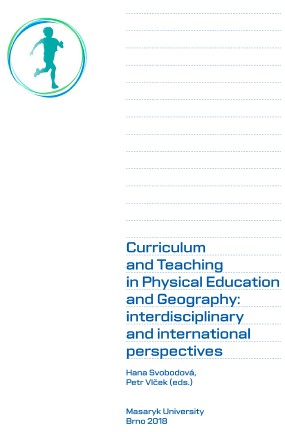The Prevalence and Differences in the Physical Activity Level in Preschool-Aged Children
The Prevalence and Differences in the Physical Activity Level in Preschool-Aged Children
Author(s): Sara Jakšić, Vilko Petrić, Vesna Štemberger, Iva Blažević
Subject(s): Preschool education, Health and medicine and law, Sports Studies
Published by: Masarykova univerzita nakladatelství
Keywords: physical activity; nurseries; earliest stages; health;
Summary/Abstract: For a longer period of time there has been a diminution in the level of physical activity in the world, which means that each new generation has a lower level of physical activity than the former generation, while results obtained for children are especially worrisome. The level of physical activity is significantly linked to health and has become one of the greatest challenges for scientists throughout the world. The aim of this research was to determine the level of preschool-aged children's physical activity and define if there was a statistically significant difference according to sex. The sample of examinees consisted of 98 children (50 boys and 48 girls) aged 2 to 7 and attending kindergartens in the city of Rijeka, Croatia. The children's physical activity was evaluated by the standardized questionnaire Health Behaviour for Children filled in by their parents. The percentages of children belonging to a certain category of physical activity level were calculated, and the significance of differences was analysed by the Chi-square test. The research results indicate that somewhat more than 55% of examinees are active one hour per week, 30% of them are active two to three hours a week, while only 13% of them are active four to six hours a week. The results also show that boys are statistically more significantly (p=0.01) active than girls. This research has shown that even at the preschool age there is a serious problem of insufficient physical activity which calls for intervention programmes. It is clear that contemporary kinesiology in the educational system should be more directed toward health and that movement should not only be a trend, but a way of life, i.e. the way a certain kindergarten functions.
- Page Range: 77-83
- Page Count: 7
- Publication Year: 2018
- Language: English
- Content File-PDF

